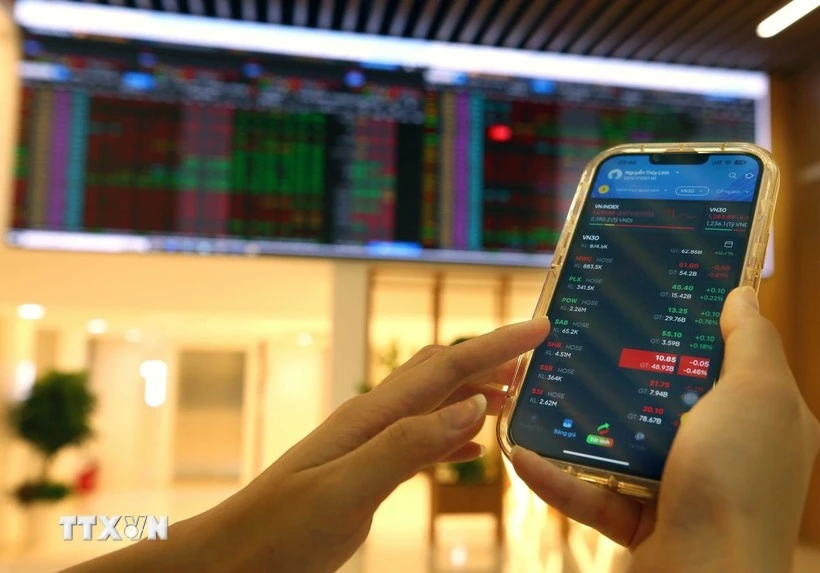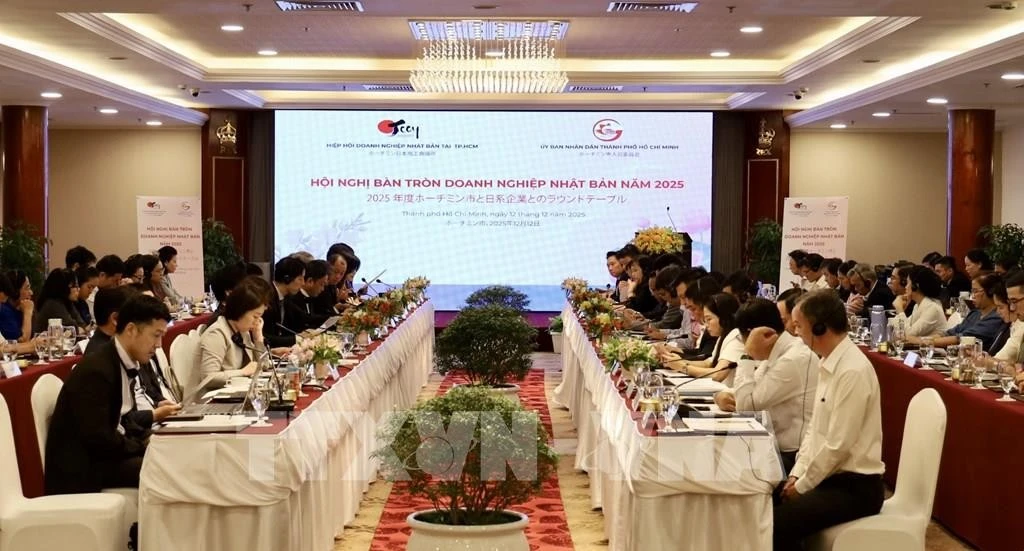Seasia Stats, a reputable statistics platform for Southeast Asian countries, recently assessed that with an economic size of approximately 506 billion USD, Vietnam will rank among the top 15 largest economies in Asia. This projection is based on data from the International Monetary Fund (IMF).
With 506 billion USD, Vietnam's economy is rapidly growing thanks to a boom in manufacturing and foreign investment. This represents an increase from a GDP of 433 billion USD and the 34th position in 2023. In 2020, Vietnam's GDP was 346 billion USD, ranking 37th in the world.
Maintaining growth momentum thanks to internal factors
Sharing the optimistic assessment of Vietnam's economy, in its recent report "Towards 2025", VinaCapital also forecasted that the country's economic growth next year could reach 6.5%, driven by domestic factors, including increased government spending on infrastructure, the recovery of the real estate market, and consumer spending.
Michael Kokalari, Director of the Macroeconomic Analysis and Market Research Department at VinaCapital, assessed that Vietnam's exports to the US have surged by more than 20% this year (compared to a decline of around 10% in 2023), which is a key factor supporting Vietnam's GDP growth in 2024. This growth is primarily driven by a 40% increase in electronics and high-tech product exports. However, export growth to the US is expected to slow down next year, partly due to the US economy potentially experiencing a "soft landing" and an economic slowdown.
In addition, export growth is expected to slow down next year due to the US inventory replenishment cycle. Furthermore, exports across Asia are currently being driven by a preemptive demand before Donald Trump's presidency, which will result in a gradual decline in demand next year. As a result, Vietnam's production growth may slow down in 2025, as most manufactured products are exported to foreign markets.
Therefore, Vietnam's economic growth is forecast to shift more towards internal factors. Citing data from consumer research firms, VinaCapital noted that weak consumer sentiment has impacted Vietnam's economic growth in 2023 and 2024, although there has been some improvement in 2024.
Retail revenue growth, excluding impacts from inflation, is estimated at around 6% in 2024, lower than the typical 8-9% growth rate seen in Vietnam. Moreover, about half of this 6% growth is thanks to the continued recovery in international tourist arrivals, reaching 100% of pre-COVID-19 levels in 2024, up from 70% in 2023.
VinaCapital experts noted that consumption accounts for over 60% of Vietnam's economy. Therefore, if consumer spending grows strongly, it could easily offset the decline in exports, production, or tourist numbers next year. The Government plans to increase infrastructure spending in 2025, hoping that these measures will boost consumer confidence and encourage higher spending.
According to Michael Kokalari, a modest increase in infrastructure spending, accounting for about 6% of GDP, would not be enough to significantly boost Vietnam's economy. However, the combination of rapid progress in projects like Long Thanh Airport and new ring roads in Hanoi, along with the recovery of the real estate market, could instill greater consumer confidence through the "wealth effect" tied to the value of urban areas many middle-class Vietnamese own.
Commenting on the recovery in most global economies, Andrea Coppola, Chief Economist and Manager of the Growth, Finance, and Institutions Programme at the World Bank (WB) for Vietnam, Laos, and Cambodia, said that for the first time in years, the global economy has stabilised in 2024, with an expected growth rate of 2.7%. Despite higher financial costs and geopolitical uncertainties, economic growth in 2024 has been supported by cooling inflation in many countries, driven by falling prices of commodities, especially energy and food.
In addition, the delayed effects of the monetary tightening policies since 2023 have started to take effect. Moreover, central banks worldwide have shifted to a more accommodative monetary policy stance, reducing interest rates to stimulate demand and economic activity. The third factor is the strong global demand, which has bolstered trade and investment and has been key driver supporting global economic activity.
In this context, the World Bank’s Chief Economist for Vietnam, Laos, and Cambodia remarked that he would like to emphasise that, in 2024, Vietnam has become one of the fastest-growing economies in the East Asia-Pacific region, thanks to the recovery in exports and domestic demand. This is a commendable achievement, and he expdressed his belief that this positive trend will continue into 2025.
 |
| The number of international tourists is showing a recovery trend compared to pre-COVID-19 levels. |
Efforts to boost economic growth in 2025
The Official Dispatch No.137/CD-TTg on promoting economic growth in 2025, issued by Prime Minister Pham Minh Chinh on December 20, 2024, emphasises that 2025 is of special significance. It is the year of acceleration, breakthrough, and achievement, and also the final year for implementing the 5-year Socio-Economic Development Plan for the 2021-2025 period. It is also the year to prepare and consolidate the foundational elements, setting the stage for entering a new era of national prosperity and strength.
The Prime Minister urged ministers, heads of ministerial-level agencies, agencies under the Government, and leaders of localities to rigorously and effectively implement the conclusions, resolutions, and directives of the Government, the Party Central Committee, the Politburo, and the Secretariat.
Priority is given to vigorously promoting economic growth alongside ensuring macroeconomic stability, controlling inflation, maintaining major economic balances with high surpluses, and striving for a national GDP growth rate of over 8% in 2025 (exceeding the target set by the National Assembly).
The Prime Minister also tasked ministries, agencies, and localities with focusing on completing the national key and critical infrastructure system. This includes expediting the connection of expressways to airports and seaports, as well as implementing high-speed railways and urban railways, such as the North-South high-speed railway, railways connecting to China, and urban railways in Hanoi and Ho Chi Minh City. Additionally, agencies are urged to drive and create breakthroughs for new growth drivers.
Based on information from the Government and other sources, VinaCapital estimates that Vietnam's infrastructure spending will increase by 15-20% in 2025, reaching approximately 31 billion USD (equivalent to about 6% of GDP) for various projects.
















